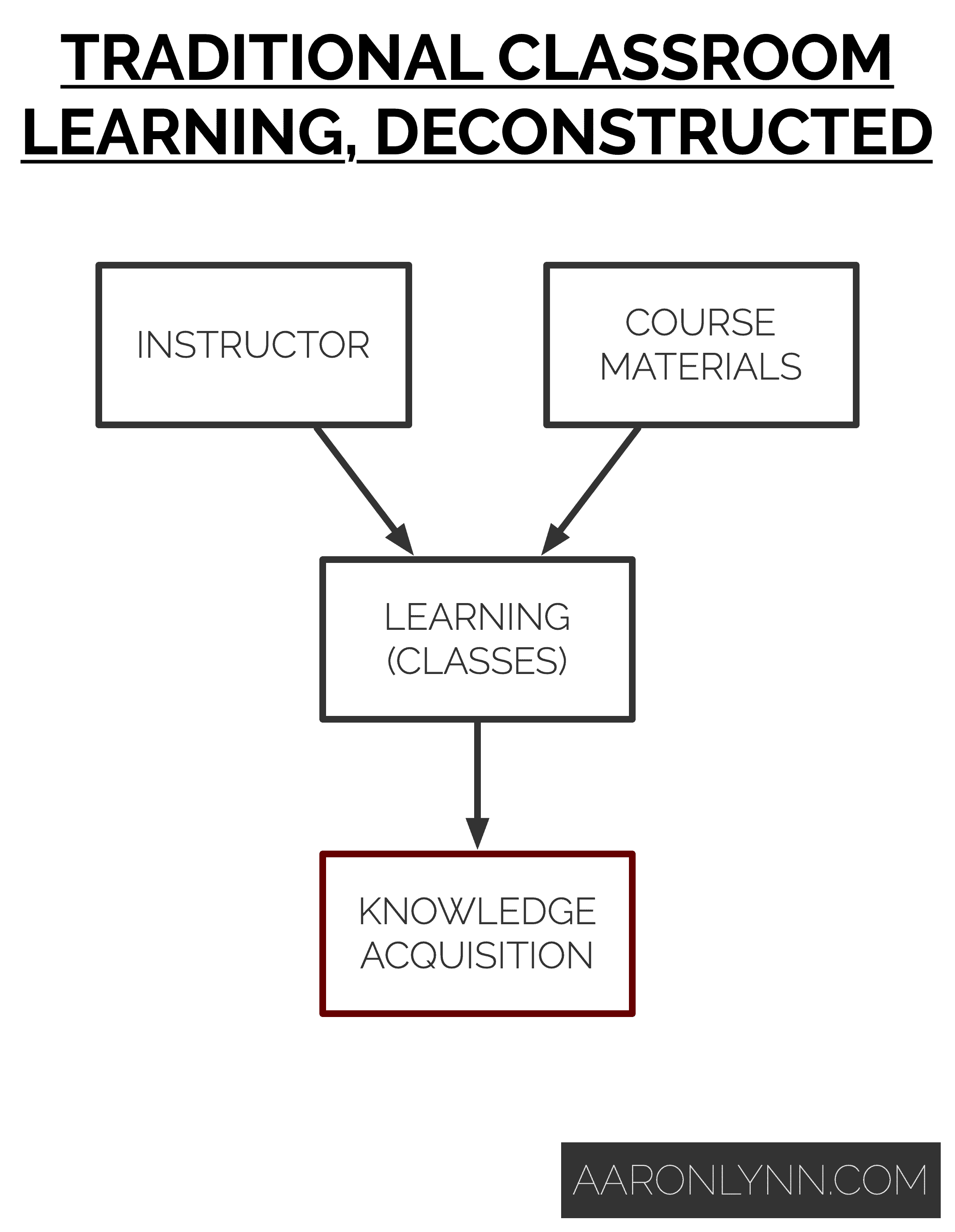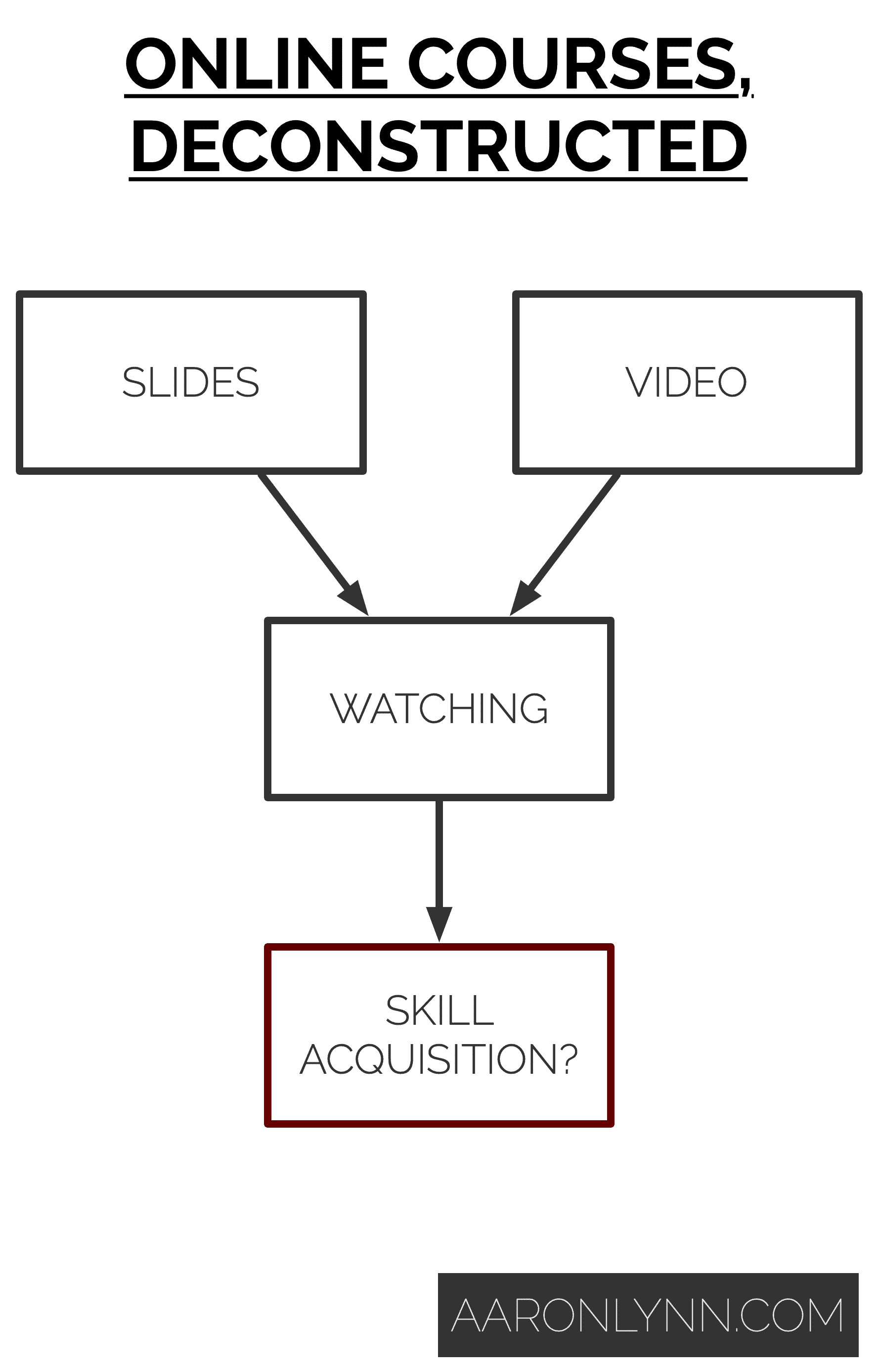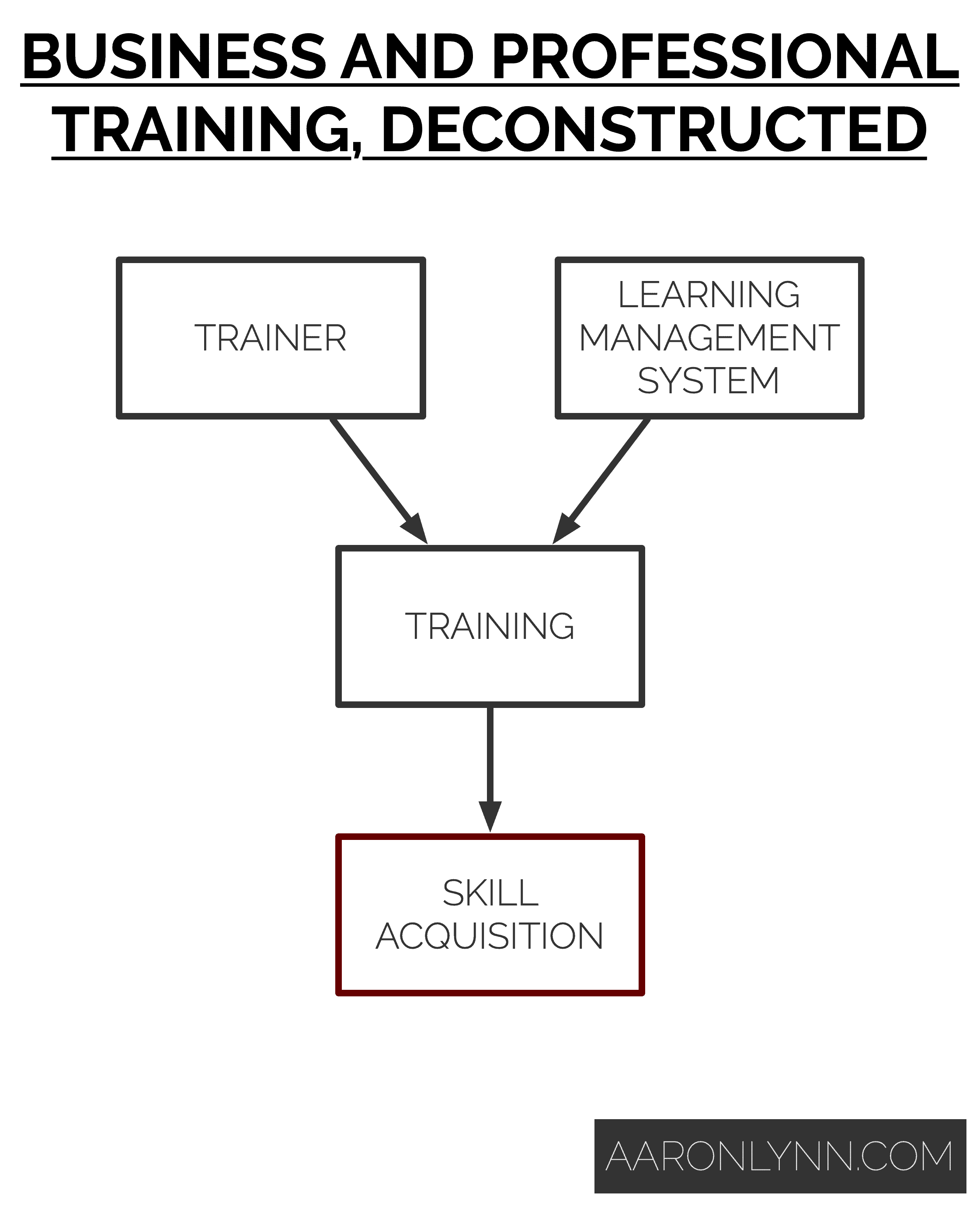
Learning is hard.
Most people go about it the wrong way-they don’t realise how important it is to have a system for learning.
This includes having the right attitude, good materials, good teachers and good processes.
I don’t have all the answers, but here is my take on what makes for an effective learning system in the modern world.
Why Learning and Education Are Important
For some reason it’s become trendy to look down on education. People look at tech entrepreneurs who drop out of university1College for Americans. and start companies and use a few outliers to justify their attitude towards education and learning.
The truth is 92% of CEOs have degrees,2Powell, K. R., Botelho, E. L. and Tetali, V. (2018). How CEOs Without College Degrees Got to the Top. Retrieved from https://hbr.org/2018/02/how-ceos-without-college-degrees-got-to-the-top. and 80% of billionaires have them.3Premack, R. (2018). One in 8 of the world’s richest billionaires are college dropouts. Retrieved from https://www.businessinsider.com/billionaire-college-dropout-zuckerberg-bill-gates-2018-10.
And to state the obvious: it’s one thing to drop out of Harvard, and another to never be admitted in the first place.
And besides, why would we want to put down people who are simply trying to better themselves?
Learning and education are important.
Everyone who is an adult today will have to learn new skills throughout their life in order to remain competitive in the business and professional world.
This could be through on-the-job and internal company training. It could be through additional professional qualifications. Or it could be through the large proliferation of online courses we are seeing nowadays.
And these are all good things.
What Does an Effective Learning System Look Like?
We can start with a basic system: input, process, output.

Inputs
An effective learning system inputs information and knowledge, usually in the form of good course materials with a sequenced progression.
Text is the superior form for course materials as:
- It can be scanned.
- Irrelevant things can be skipped.
- You can jump back and forth between things.
- Notes can be easily taken in multiple formats.
Video is very popular nowadays but it is inferior to text-it’s slow to watch and you can’t scan and hone in on missing details.4Yes, it’s still slow to watch even at 2x or 3x speed.
Let’s not even mention audio 🙉.
It’s become something of a popular trend to skip over the importance of raw input and materials in learning nowadays, but the reality is you can’t skip this. You must input knowledge and information into your learning system at some point.
Processes
Learning is really about thinking, processing and formal neural connections.
This could literally be in the form of neural pathways from information, or motor skills from physical activity.
These two things help embed what you learn into your long-term memory and the easiest way to do them is through repetition and recall.
This could be simply studying something and then recalling it on a test.5This is the real reason that testing works. Or it could be learning something and then practically applying it as a skill.
Different subjects have different ways of doing repetition and recall.
For example, languages often use spaced repetition systems (SRS) for optimising vocabulary learning. Programming often uses coding challenges and practice projects.
Beyond just recall however is true understanding.
This is where someone learning something can not only recall what they have learnt, but also be able to go to first principles and teach it (to some degree) to others.
Seeking this level of understanding is also a bit of a hack for learning. If you pretend you will have to go teach what you are learning to someone else, you gain a deeper understanding of it.
Output
The output of any effective learning system is the acquisition of the knowledge and skill, and an understanding of how it works.
Let’s try to apply this effective learning system to the main forms of learning today.
Traditional Classroom Learning, Deconstructed
In traditional classroom learning, the instructor or teacher plays a critical role.
They not only plan and provide good course materials, but they act as a real-time feedback mechanism on a student’s progress by answering questions, clarifying ideas and providing insights from their experience which otherwise could not be obtained.
Traditional classroom learning is often criticised nowadays because there is a larger emphasis on students who prefer a non-visual and non-auditory modality of learning-people who learn by doing.
My take is the best way to handle this is to simply allow those students to have more hands-on practice, rather than dismissing classroom teaching completely.
Traditional classroom teaching is extremely effective if the student is also organised and motivated to learn.
Online Courses, Deconstructed
Online courses have rapidly grown to become one of the most common ways to learn nowadays.
They are often presented as a voiceover on slides or a screen share, with limited exercises/assignments to supplement.
There are a few problems with online courses:
- Most materials are in video format, which we know is inferior to text.
- Passively listening and watching is not learning.6Passively listening while multitasking on other things is even worse.
- Most people skip the exercises as they aren’t enforced.
That being said, the low cost and easy access to online courses provides accessibility for those who can’t attend traditional learning or professional training to upskill themselves.
True understanding is difficult with online courses but it can work if the student is a self-starter, organised and seeks out challenges, tests and practical applications on their own.
Business and Professional Training, Deconstructed
Business and Professional Training is learning done in the workplace, either in-house or with an external trainer.
It looks like this:
Business training is usually quite effective as instructors have a wealth of real-world experience and can help students reach a true understanding of the subject quickly.
There is also a large emphasis on practical applications and “use it right now”.
Business and professional training is most similar to traditional classroom learning and motivation levels are high, as better job performance is usually a factor in undergoing training in the first place. This is why people often say that the best way to learn new skills is “on the job”.
What To Do Next
If you have any negative attitudes towards learning, they need to go.
Learning is good, and we should all be doing more of it.
You now have enough principles and pieces to create an effective learning system for yourself-whatever it is you want to learn.
For more on learning and development, grab Evolution. It’s yours free to download here.
- College for Americans.
- Powell, K. R., Botelho, E. L. and Tetali, V. (2018). How CEOs Without College Degrees Got to the Top. Retrieved from https://hbr.org/2018/02/how-ceos-without-college-degrees-got-to-the-top.
- Premack, R. (2018). One in 8 of the world’s richest billionaires are college dropouts. Retrieved from https://www.businessinsider.com/billionaire-college-dropout-zuckerberg-bill-gates-2018-10.
- Yes, it’s still slow to watch even at 2x or 3x speed.
- This is the real reason that testing works.
- Passively listening while multitasking on other things is even worse.
Photo by Ben White.


